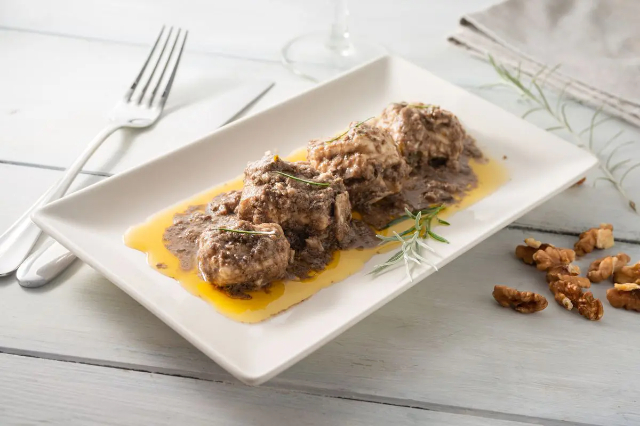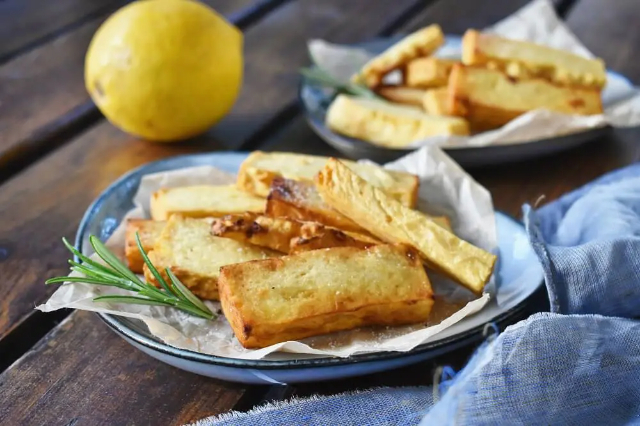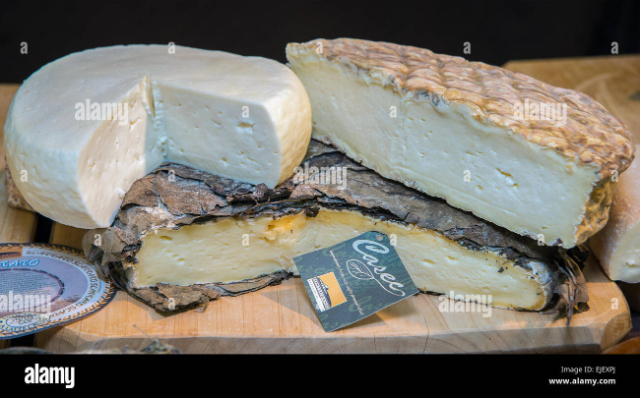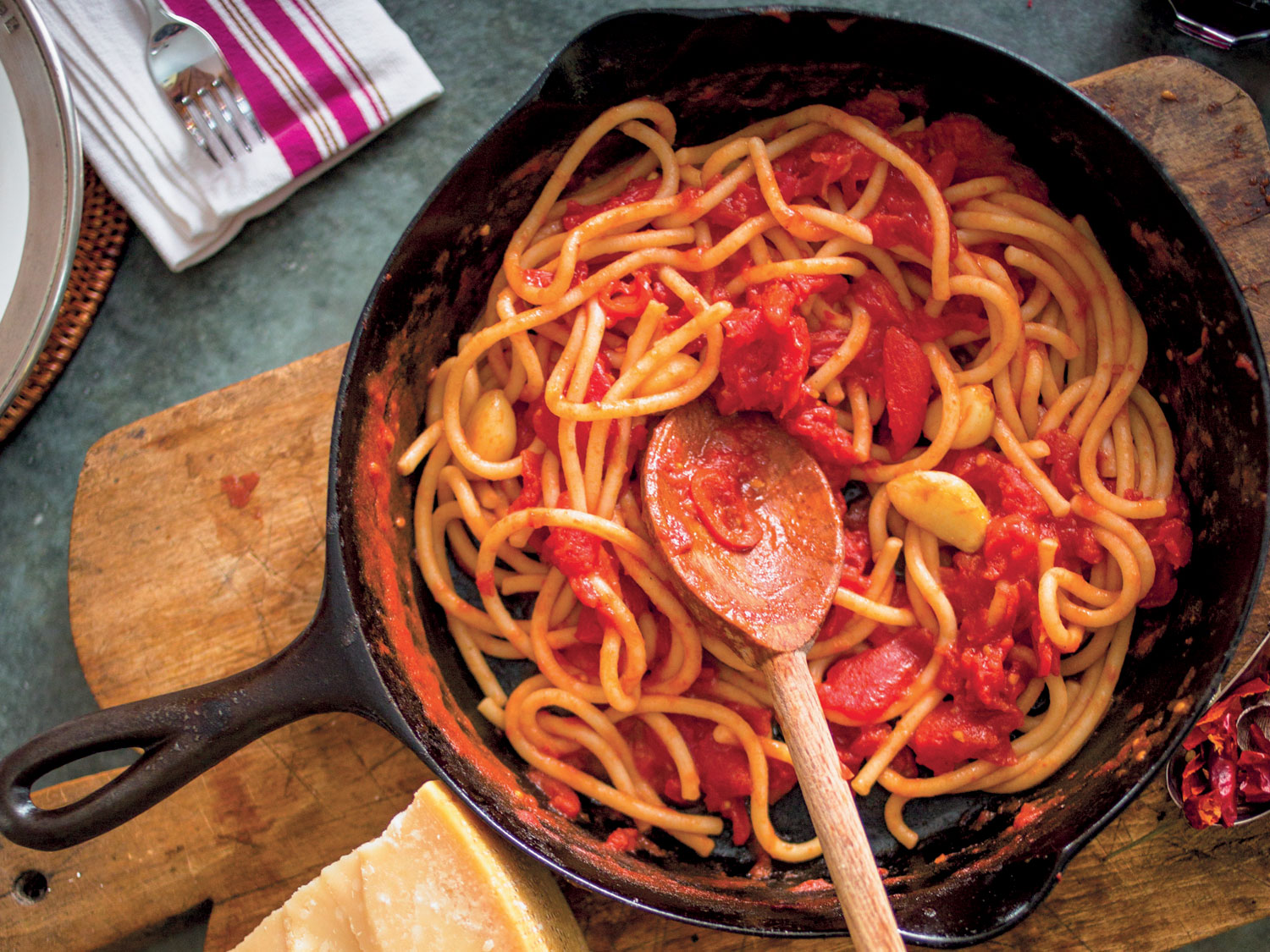<p>The <strong>Missoltino</strong> is the emblem of Larian tradition. An’excellence, now very rare and relegated to a few artisans, which is made by salting and drying agoni, small fish typical of <strong>Lake Como</strong>. Missoltini, the dried agoni, called misultitt or missultin in dialect, were once a valuable food resource for the inhabitants of Lake Como, the special processing procedure allowing them to be preserved for more than a year: this characteristic of theirs also made them a sought-after barter commodity in centuries past.</p>
<p>Pliny the Younger, living on the shores of the <a href="https://sworld.co.uk">Lake Como</a>, used to observe some fishermen drying small fish. Intrigued, he described this practice in his Epistles, thus leaving the mostì ancient testimony on the missoltino. This primitive preservation of lake fish replicated the salting and drying of sea fish and was the work of a colony of Greeks that the Romans had placed to guard the Ancient Via Regina (which, from the lake, led over the Alps into Retia). From Pliny’s time to the present, the technique has been refined until it has changed completely over the past few centuries; with the arrival of tourism from Northern Europe è a methodology of drying and preserving fish similar to that of Scandinavian countries has been introduced.</p> <p>The technique has been refined to the point of changing completely over the past few centuries.</p> <p>The technique of drying and preserving fish has been introduced in the Scandinavian countries.
<p>The <strong>neagon</strong> è considered the best fish for this practice: small to medium in size, è very rich in natural fats and omega-3s that preserve it for a long time once salted and dried. With an elongated body, the agon has a greenish back sprinkled with black spots, a clear belly and flanks of silvery gray color with some golden streaks. It is fished in the northernmost part of the lake, in the freshest and deepest waters, with flying nets up to two hundred meters long that extend tens of meters deep. They are set in the afternoon and retrieved at first light in the morning. The processing è is long: scaled and gutted, the fish are placed in salt for two to three days, then, once the salt è has been absorbed, they are washed thoroughly and hung to dry in the sun for about 10 days, until the fisherman notices a reddish coloration of the flesh, a sign that the fat è is at the right stage and the fish can face a long period of preservation. The fish (but especially the heads) are then crushed and laid in special metal containers, the tolle (originally wooden barrels called missolte, hence the name missoltino). Finally they are placed in alternate layers interspersed with bay leaves. Once the tolla is filled, a press is used to slowly press the fish.</p>
<p>The fat from the fish rises to the top and provides a perfect layer of oil to insulate the agoni from the outside air and to allow proper storage. After a few weeks, the missoltini are ready for consumption and can be stored for several months in this way.</p>













